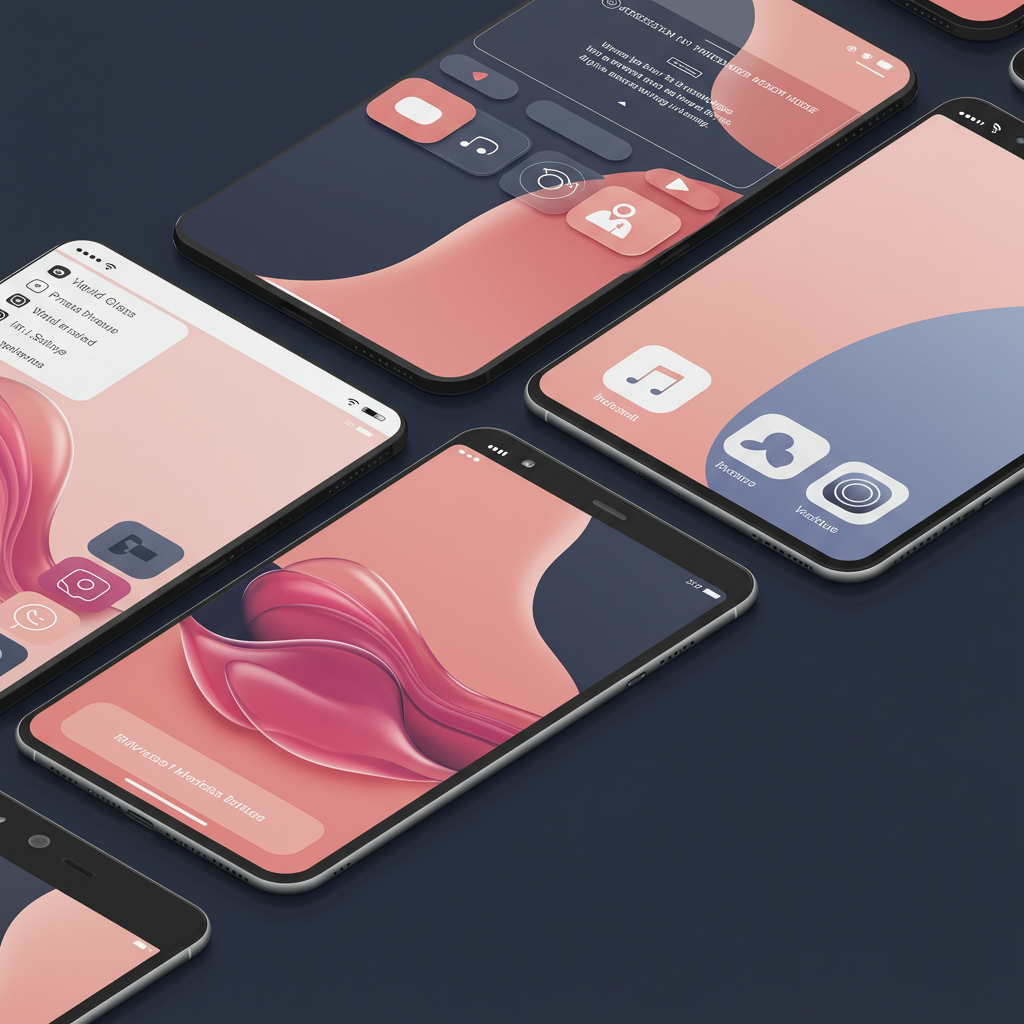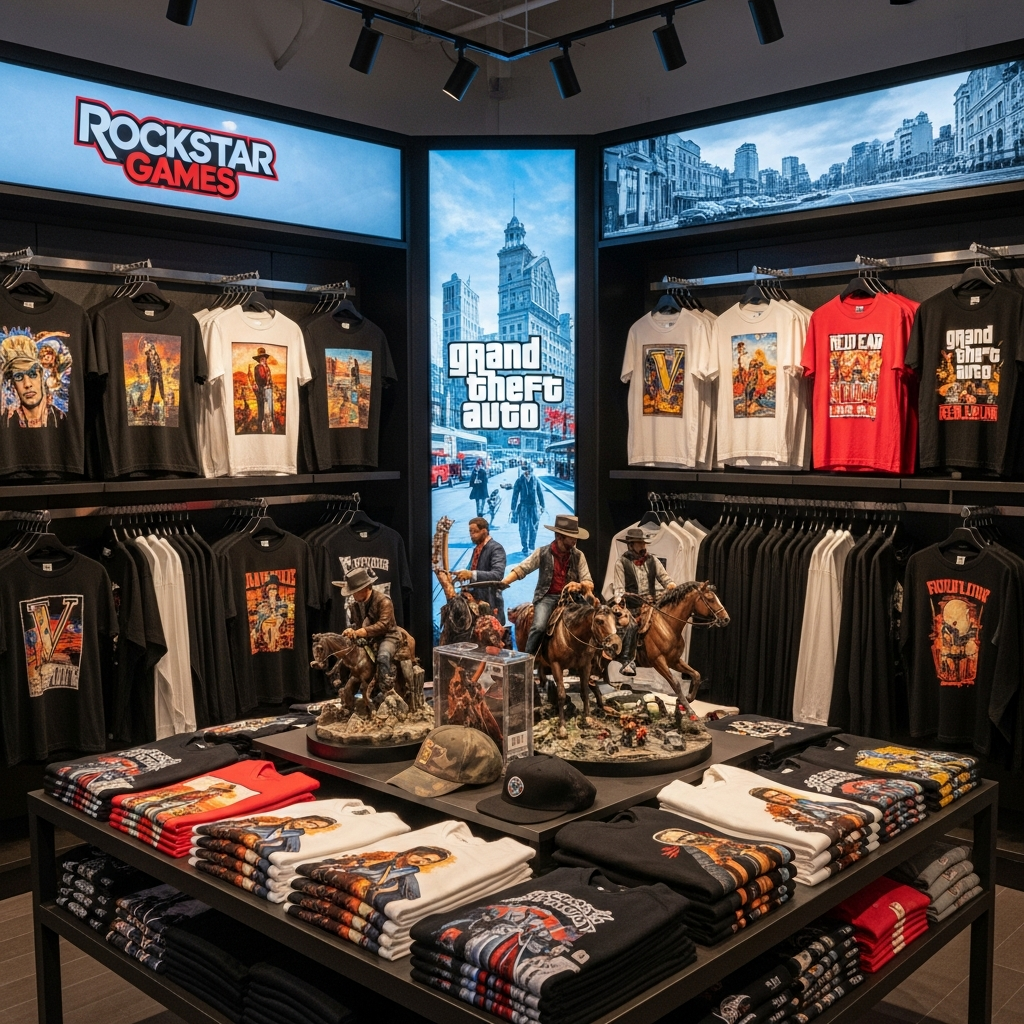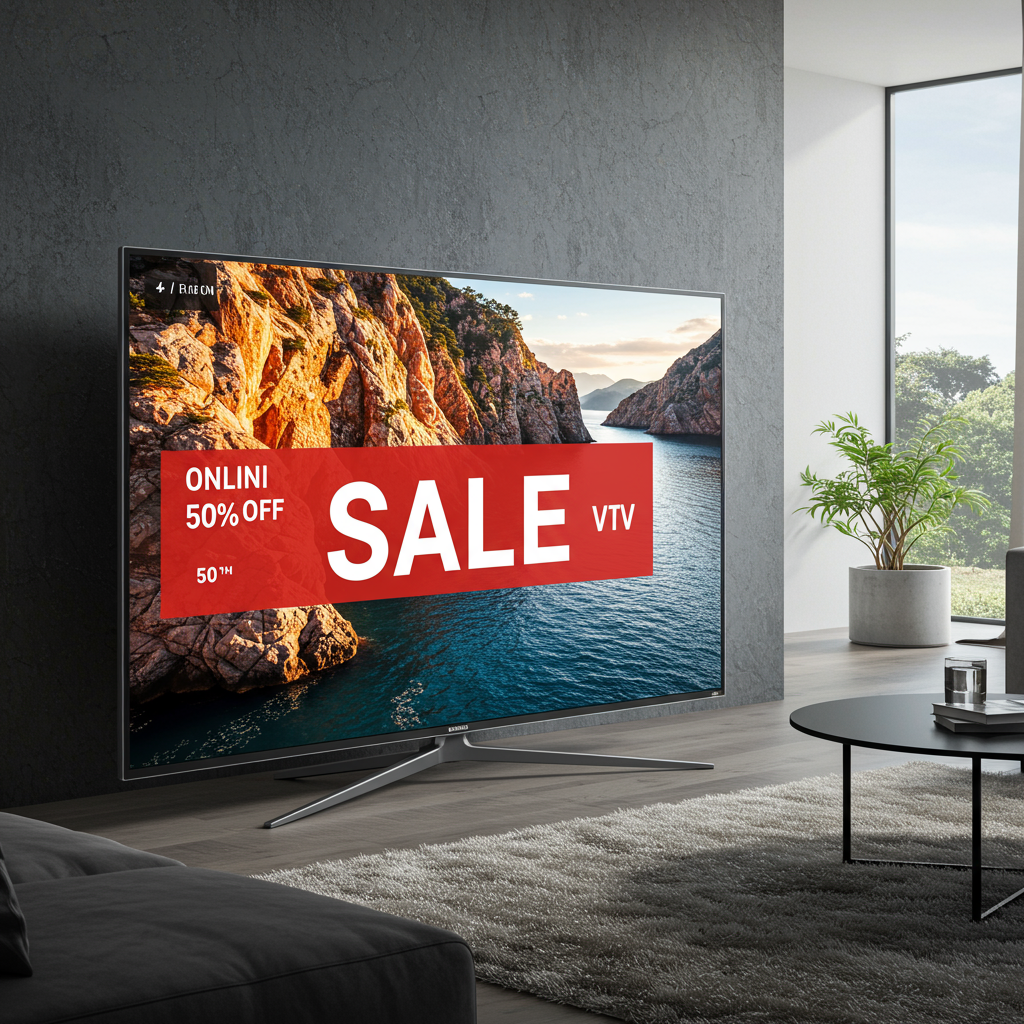Apple unveiled a dramatic new direction for its software design at WWDC 2025, introducing “Liquid Glass” – a dynamic and elegant material set to transform the look and feel of its operating systems. This marks Apple’s broadest software design update to date, aimed at creating a more expressive, delightful, and unified experience across the entire Apple ecosystem, while still maintaining the familiar feel users know and love.
This groundbreaking design language will span across iOS 26, iPadOS 26, macOS Tahoe 26, watchOS 26, and tvOS 26, bringing a new level of harmony and vitality to interface elements while preserving the distinct identity of each platform.
Introducing Liquid Glass: A Dynamic New Material
Inspired by the sense of depth and dimension found in visionOS, the core of Apple’s new design is the innovative Liquid Glass material. Described by Apple’s vice president of Human Interface Design, Alan Dye, as combining “the optical qualities of glass with a fluidity only Apple can achieve,” this translucent material behaves much like real-world glass.
Liquid Glass reflects and refracts its surroundings, creating a sophisticated 3D effect akin to a water droplet. It intelligently adapts its color based on the content beneath it and seamlessly shifts between light and dark environments. Leveraging Apple’s latest advancements in hardware, silicon, and graphics, Liquid Glass uses real-time rendering and reacts dynamically to user movement with subtle specular highlights, making interactions feel lively and engaging.
This unique material doesn’t just sit statically; it dynamically transforms depending on your content or context. Interface elements crafted from Liquid Glass give users a glimpse of the content behind them, creating an illusion that they are floating on top. These elements fluidly shift, squeeze, and expand in response to user actions and the displayed content.
Liquid Glass Across the User Interface
The Liquid Glass aesthetic extends throughout the user interface, from the smallest interactive elements to major system experiences. You’ll find this new material applied to:
Buttons, switches, sliders, and text controls
Media controls
Tab bars and sidebars for navigation
App icons and widgets
- System experiences like the Lock Screen, Home Screen, notifications, and Control Center
- www.apple.com
- beebom.com
- www.techi.com
- www.apple.com
- 9to5mac.com
Revolutionizing App Design
Driven by a goal to bring greater focus to user content, Apple’s design teams meticulously re-evaluated every aspect of the platform experience. Key updates include redesigned controls, toolbars, and navigation elements. Moving beyond layouts optimized solely for rectangular displays, these elements now align perfectly with the rounded corners of modern Apple hardware and app windows, enhancing the visual harmony between hardware and software.
Crafted from Liquid Glass, controls function as a distinct, functional layer that appears to float above the app’s content. They dynamically morph as users need more options or navigate different sections, with thoughtful grouping making it easier to find desired controls.
Tab bars and sidebars also adopt this fluid approach. In iOS 26, tab bars intuitively shrink when users scroll down to maximize content visibility, then fluidly expand when scrolling back up. In iPadOS 26 and macOS Tahoe 26, updated sidebars refract the content behind them while reflecting surrounding elements and the user’s wallpaper, providing a constant sense of context and making apps feel more immersive, particularly in apps like Apple TV.
These fresh design elements are being integrated across Apple’s suite of built-in applications, including Camera, Photos, Safari, FaceTime, Apple Music, Apple News, and Apple Podcasts.
Seamless Harmony Across Devices
The new design establishes unprecedented harmony across all major Apple platforms: iOS 26, iPadOS 26, macOS Tahoe 26, watchOS 26, and tvOS 26. While unifying the visual language, Apple has ensured that each platform retains the unique characteristics that make it distinct.
On the Lock Screen, the time is now rendered in Liquid Glass, dynamically adapting to gracefully nestle behind the subject of photo wallpapers. This is achieved through a unique crafting of the San Francisco typeface, which scales weight, width, and height per numeral.
The Home Screen and desktop environments also feature the Liquid Glass treatment. The Dock, app icons, and widgets are constructed from multiple layers of Liquid Glass, showcasing stunning specular highlights. This layered approach also unlocks enhanced personalization options while preserving user familiarity. macOS Tahoe 26, for instance, allows users to customize their desktop and Dock with Liquid Glass icons and widgets that support light/dark modes, colorful tints, and an elegant “clear” look. The menu bar in macOS is now completely transparent, contributing to a feeling of a larger display.
This design evolution marks a significant shift, moving away from the flatter designs of recent years and drawing comparisons to the depth and realism seen in earlier interfaces like Mac OS X Aqua, albeit with modern fluidity and dynamic capabilities.
Building with Liquid Glass: Tools for Developers
Apple is empowering developers to adopt the new design with updated APIs available for SwiftUI, UIKit, and AppKit. These tools make it easy to incorporate Liquid Glass materials and the new controls into third-party applications, enabling developers to refresh their app designs and make user interactions more intuitive and delightful.
A dedicated Icon Composer app has been introduced to help developers and designers create stunning Liquid Glass icons optimized for various appearances, including light, dark, tinted, and clear looks, across all platforms. The tool provides features for managing layers, rendering modes, blurring, translucency, and previewing tint variations.
While this major visual update, revealed as a surprise at WWDC 2025, may spark initial discussion, it represents a foundational shift in Apple’s software aesthetic. As subsequent beta releases of iOS 26 and other platforms arrive, the look and feel of Liquid Glass are expected to evolve, setting the stage for even more fluid and magical user experiences in the future.




